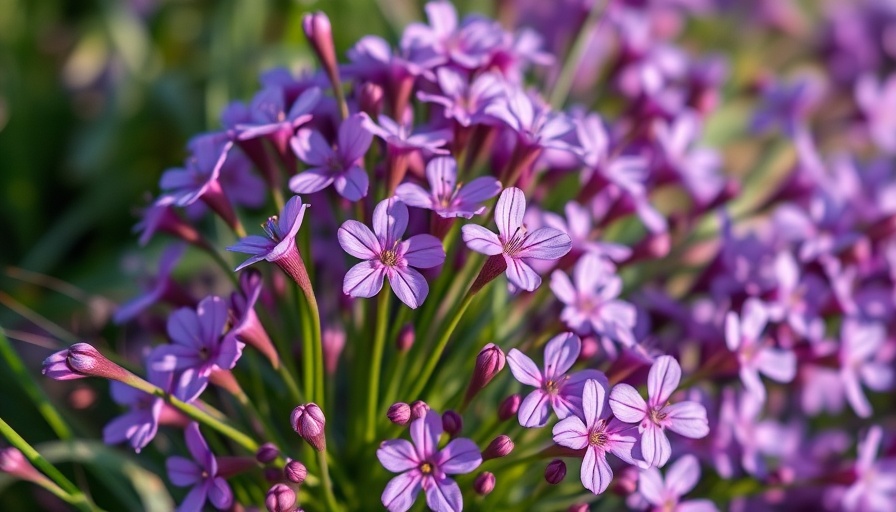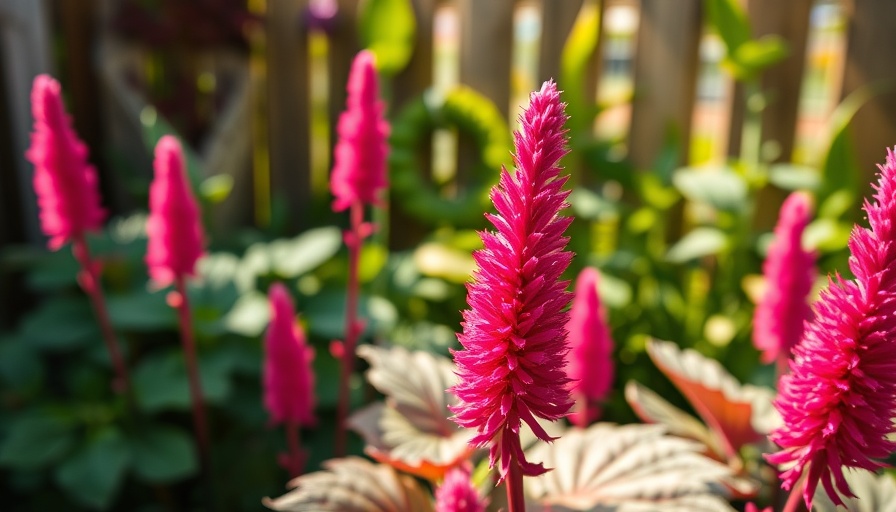
The Vibrant Spectrum of New England Wildflowers
New England is renowned for its diverse ecosystems, characterized by rolling hills, rocky outcrops, and lush forests. This unique blend of landscapes provides an idyllic setting for a stunning array of wildflowers that bloom from spring through fall. Each wildflower not only adds aesthetic beauty to the region but also plays a crucial role in supporting local wildlife, especially pollinators. In this article, we’ll explore some of the most beautiful New England wildflowers that gardeners can incorporate into their backyards to create vibrant, eco-friendly spaces.
1. Purple Coneflower (Echinacea purpurea)
One of the most beloved wildflowers in New England, the purple coneflower is a perennial standout. Known for its striking purple petals and prominent orange centers, these flowers thrive in full sun and well-drained soil. They are hardy plants that can survive in climate zones 3 to 8. Not only do they enhance the beauty of gardens, but they're also a boon for local ecosystems—attracting butterflies during the summer and providing food for birds in the fall and winter.
2. Wild Bergamot (Monarda fistulosa)
Wild bergamot, with its lavender blooms and captivating scent, is another fantastic choice for New England gardens. This herbaceous perennial flourishes in sunny spots and can thrive in various conditions, making it adaptable for many gardeners. Beyond its beauty, wild bergamot is known for its ability to attract bees and butterflies, making it a vital contributor to environmental health.
3. Black-Eyed Susan (Rudbeckia hirta)
A garden favorite, the black-eyed Susan is celebrated for its golden-yellow petals and dark centers. These flowers are hardy and drought-resistant, making them perfect for low-maintenance landscapes. Blooming from mid-summer to fall, they not only brighten up any garden but also provide nectar for pollinators, contributing to the support of local ecosystems.
The Importance of Native Wildflowers
Incorporating native wildflowers like these into your garden is vital for various reasons. Not only do they require less maintenance—which aligns beautifully with modern low-maintenance landscaping trends—but they also enhance biodiversity. Creating a habitat for pollinators helps maintain the delicate balance of local flora and fauna. As gardeners, the choices we make can directly impact community ecosystems.
Garden Planning Tips for Wildflower Success
When planning your garden with these lush wildflowers, consider factors like sunlight, soil types, and seasonal planting schedules. Layering different varieties can create a staggered bloom cycle, extending the flowering season while ensuring your garden is continually colorful and inviting. For instance, planting purple coneflowers alongside black-eyed Susans can lead to a stunning visual display.
Eco-Friendly Yard Care Techniques
As more people seek to cultivate eco-friendly yards, adopting sustainable garden practices becomes paramount. Utilizing mulching techniques can help preserve soil moisture and suppress weeds, all while contributing to a healthier environment. Additionally, incorporating raised garden beds can improve drainage, ensuring that your wildflowers flourish without the risk of over-saturation, especially during heavy rains which New England can frequently experience.
Conclusion: Cultivating Beauty and Biodiversity
Integrating New England wildflowers into your garden not only beautifies your outdoor space but also supports local ecosystems. Wildflowers play a critical role in sustaining pollinators, promoting biodiversity, and offering low-maintenance care—a perfect blend for today's gardening enthusiast. So, embark on your backyard makeover journey today by introducing these hardy, beautiful flowers into your outdoor oasis. Embrace the spirit of New England's natural beauty and do your part to help the environment thrive!
 Add Row
Add Row  Add
Add 




Write A Comment